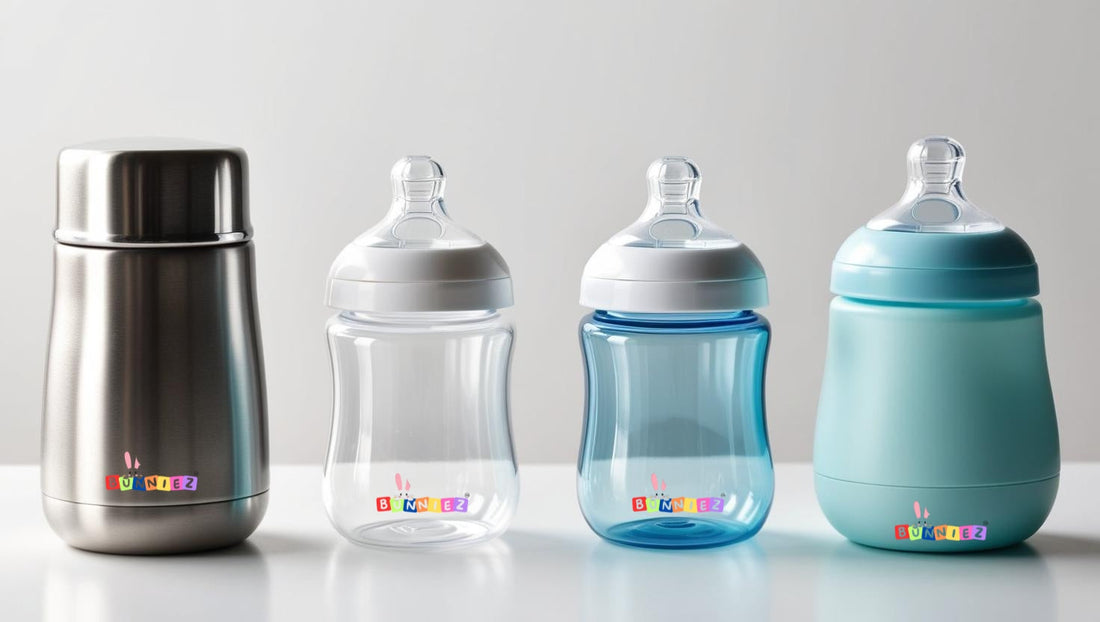
Which is Better Stainless-Steel Feeder or Plastic Feeder or Glass Feeder for your baby?
To compare a Stainless-Steel Feeder, Plastic Feeder, and Glass Feeder for a baby, we can use various factors such as Safety, Durability, Ease of Cleaning, Weight, and Cost. Here’s a comparison of the three types of feeders:
| Feature | Stainless-Steel Feeder | Plastic Feeder | Glass Feeder |
|---|---|---|---|
| Safety | Non-toxic, BPA-free, sturdy | May contain BPA, not all plastics are safe, check labels | Non-toxic, BPA-free, but can break easily |
| Durability | Very durable, long-lasting | Less durable, can crack or wear out | Can break easily, fragile |
| Ease of Cleaning | Easy to clean, dishwasher-safe | Easy to clean, but can stain or hold odors | Easy to clean, can be heavier to handle |
| Weight | Heavier, but stable | Lightweight and portable | Heavier than plastic, stable |
| Cost | Generally more expensive | Typically the cheapest | Can be expensive, depending on brand and quality |
| Eco-Friendly | Recyclable, long lifespan | Not always recyclable, disposable nature | Recyclable and more sustainable than plastic |
| Temperature Resistance | Resistant to heat & cold | Can deform with heat | Can handle heat, but is fragile |
| Aesthetic | Sleek, modern appearance | Varies (plastic look) | Elegant, clear, and can look stylish |
Conclusion:
- Stainless-Steel Feeder is great for safety, durability, and being eco-friendly but might be heavier.
- Plastic Feeder is lightweight and affordable, but check for BPA and it may not be as durable or eco-friendly.
- Glass Feeder is safe, easy to clean, and looks nice but can break easily and is usually heavier and more expensive.
